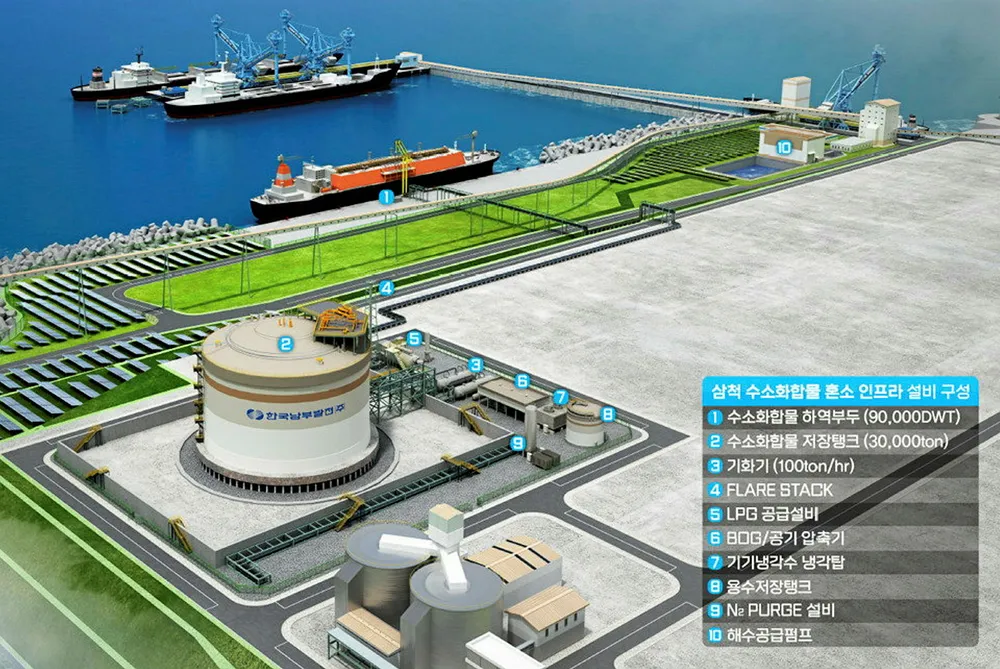Hydrogen for power | Samsung wins $100m deal to build ammonia facilities for co-firing at controversial new coal plant
Operator Korea Southern Power Company plans to burn a mix of 20% NH3 and 80% coal at the Samcheok power station in eastern South Korea
